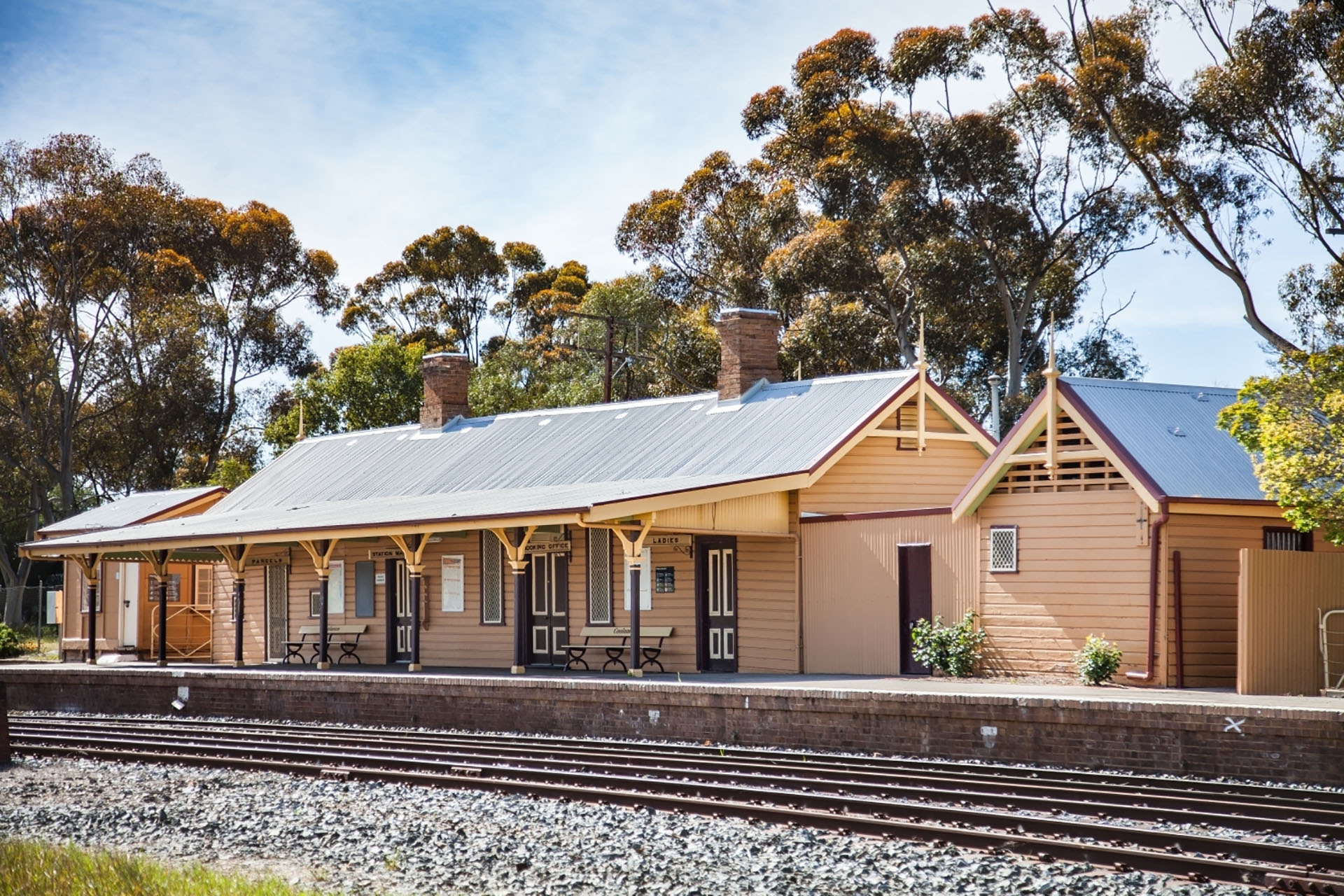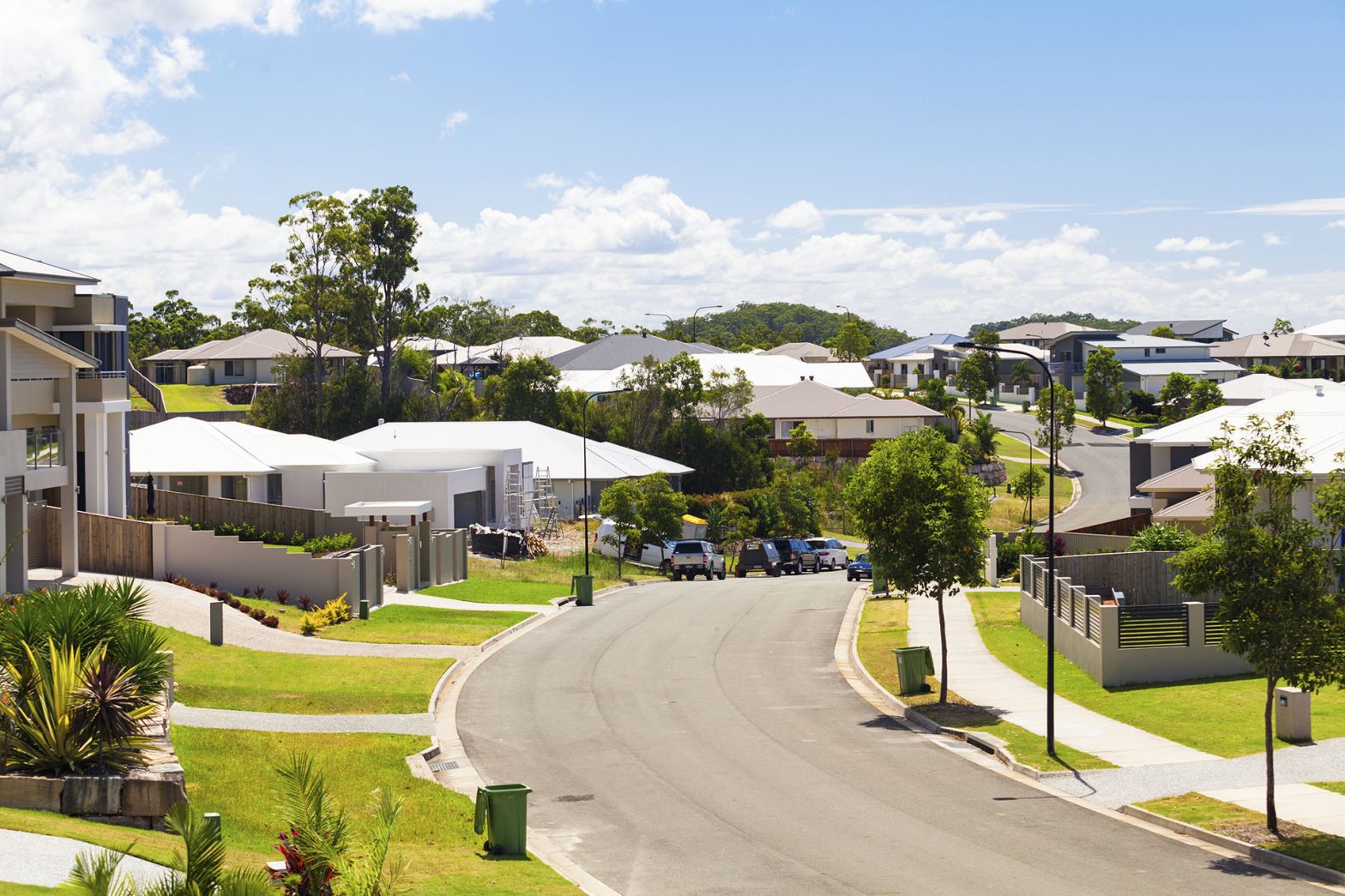Methamphetamine, also known as ice or meth, has become a nationwide problem in Australia, causing devastating social impacts that mirror those in New Zealand and many other countries.
Increasing demand for the drug has driven an increase in the number of laboratories producing it. For many illegal drug manufacturers, residential dwellings—particularly those that are not newly constructed—are the location of choice for their labs.
Many properties that have been the site of meth labs have been sold to new owners who were unaware of their toxic history. And once a home owner buys the problem, they own the problem. The clean-up and remediation costs can run to tens of thousands of dollars. Home insurance policies may not cover these costs, and there is no compensation for the mental anguish that can come with dealing with the issue.
Both the manufacture and use of meth leaves a legacy of toxic chemicals that could affect the occupants’ health for years if not properly cleaned and treated. Any non-new property has the potential to be contaminated. Meth labs have been found in the most upmarket as well as the least affluent Australian suburbs.
Several factors make some dwellings higher risk than others. Any property that has previously been rented should be considered high-risk, since drug-using occupants are much less concerned about causing damage to someone else’s property than to their own. Rural and tucked-away properties are high-risk, too. Statistics show that police discover many drug labs in rural areas. Criminals clearly consider it safer to manufacture their drugs as far from prying neighbours as possible.
Another tell-tale sign of potentially unlawful activity is the presence or sign of unusually high security installed around a house. Grills or bars on windows, extra-secure doors, and external security cameras are all possible indicators of drug manufacturing activity.
Purchasers cannot rely on a vendor to be candid about a property’s history, either. Under current legislation, a property owner is not legally obliged to disclose whether a property for sale has been previously contaminated. This leaves potential buyers at risk unless they test for the presence of methamphetamines as part of their pre-purchase due diligence.
The signs of meth contamination are not always obvious. Swab testing of several surfaces around a property is the only sure way to know if it has been contaminated. Previously, the only way to perform these tests was to engage a specialist to take samples from around the house and send them to a laboratory for analysis. But with charges of anywhere from $500 upwards, this can be an expensive and time-consuming process, with results often not available for several days.
However, it is now increasingly common for buyers to conduct their own tests for meth residue with simple-to-use, inexpensive DIY kits that provide an indicative ‘yes’ or ‘no’ result in seconds.
Using four to five kits per four-bedroom home, preliminary testing can be conducted for less than $125. This offers purchasers a simple and relatively inexpensive way to find out whether their dream home is meth-free or whether contamination might be present. Prospective purchasers can then decide whether to carry out further testing to determine the full extent of the contamination or walk away from the sale altogether.
As part of their regular pre-purchase due diligence, purchasers usually include a building and pest report. But with the increasing prevalence of home-based methamphetamine manufacture, there is a growing need for meth tests to be added to the due diligence list. In New Zealand, a meth test report has become a standard part of most Sale and Purchase Agreements. It appears likely that Australian property transactions will soon follow suit.
Surface testing is the only reliable indicator of contamination from drug residue. Conveyancers who recommend that their clients perform these tests prior to a purchase could save their clients the heartache and cost of buying an expensive and unhealthy dud.
For more information and advice, visit the Narcotect website at drugdetectionkits.com.au
Written by
Martin La Touche
Narcotect – drug testing solutions
* Actual news headlines





